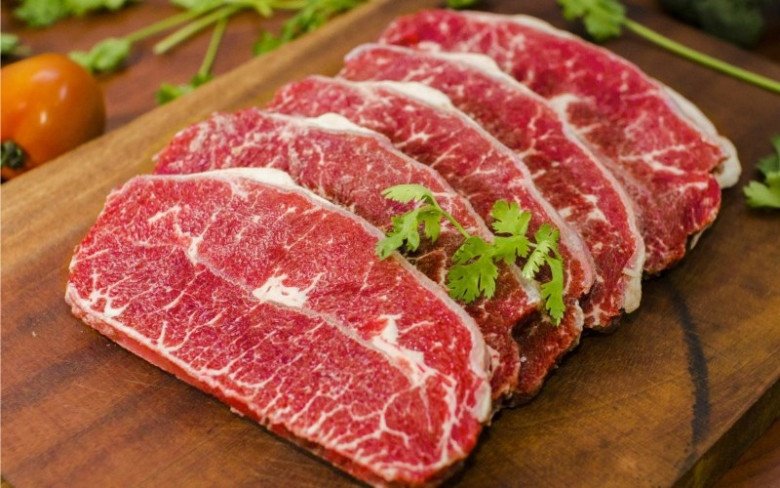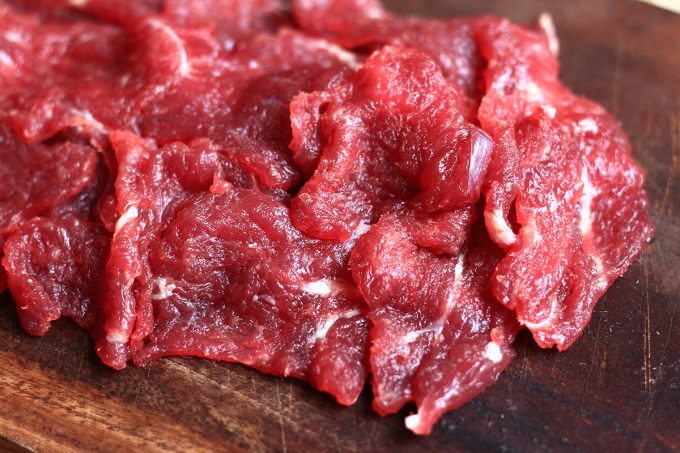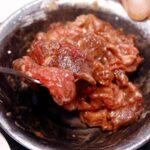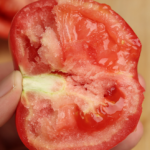Beef is widely available in markets, supermarkets, and specialty fresh food stores. However, not all beef sold is delicious, clean, and safe for consumption. So, pay attention to the following four types of beef you should avoid as they may not taste good, may not be clean, and may not be worth the money.
1. Beef with poor elasticity
Fresh and delicious beef usually has good elasticity, indicated by the meat quickly returning to its normal state after you press it and then release it.
If your finger leaves an indentation on the meat, or it takes a while for the meat to return to its original state, it shows that the meat has poor elasticity and is no longer fresh. It may have been stored for too long, losing its nutrients and moisture, and is about to spoil.

2. Beef with abnormal color
Fresh and delicious beef will have a natural pinkish-red or dark red color. These pieces of meat will feel slightly damp and sticky when touched.
Meat with an abnormally bright red color or a dark, bruised appearance should be avoided. The bright red pieces may have been coated with beef blood to make them look fresher, and you will notice the red color on your hands when you touch them. On the other hand, the dark, bruised color indicates that the meat has been stored for too long and has gone bad.

3. Pre-ground beef
Many meat counters and supermarkets offer pre-ground beef for convenience, but we cannot verify the source of this ground beef.
It is possible that the meat has been mixed with pork or ground from less desirable cuts of beef, including leftover pieces that may have been stored for a long time. These issues are difficult to identify with the naked eye.
Therefore, it is best to choose whole cuts of beef and grind them yourself at home. It may take a little more time, but you can be assured of the quality and safety of the meat.

Grinding beef at home is simple. Just pat the meat dry with a paper towel after washing it. Then, use a sharp knife to chop it into small pieces before grinding. This ground beef can be used to make beef balls, porridge, or fillings for dumplings, buns, and potato stir-fries.
4. Slimy, odorous, and watery beef
Fresh beef typically has a distinctive, slightly gamey aroma, but it should not smell foul. If the beef has a putrid, rancid, or sour odor, it is no longer fresh. Additionally, if the meat feels slimy and exudes a yellowish liquid, it has likely been stored for too long and should be avoided.

I hope this guide helps you choose the best beef for your meals!
“The Secret to Perfect Beef Stir-Fry: A Dash of Magic”
The key to delicious, tender beef lies in the art of marination. A delicate balance of sugar and salt is essential to enhancing the flavor of the meat. But the question remains: which should come first, sugar or salt? The order of seasoning makes a significant difference, and getting it right is crucial to achieving that perfect taste sensation.






































